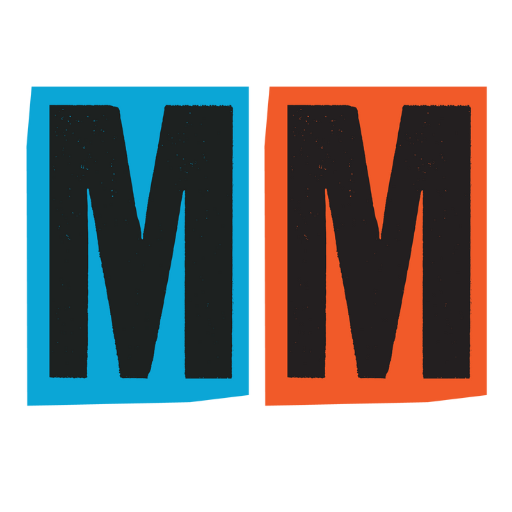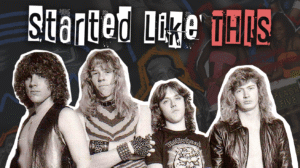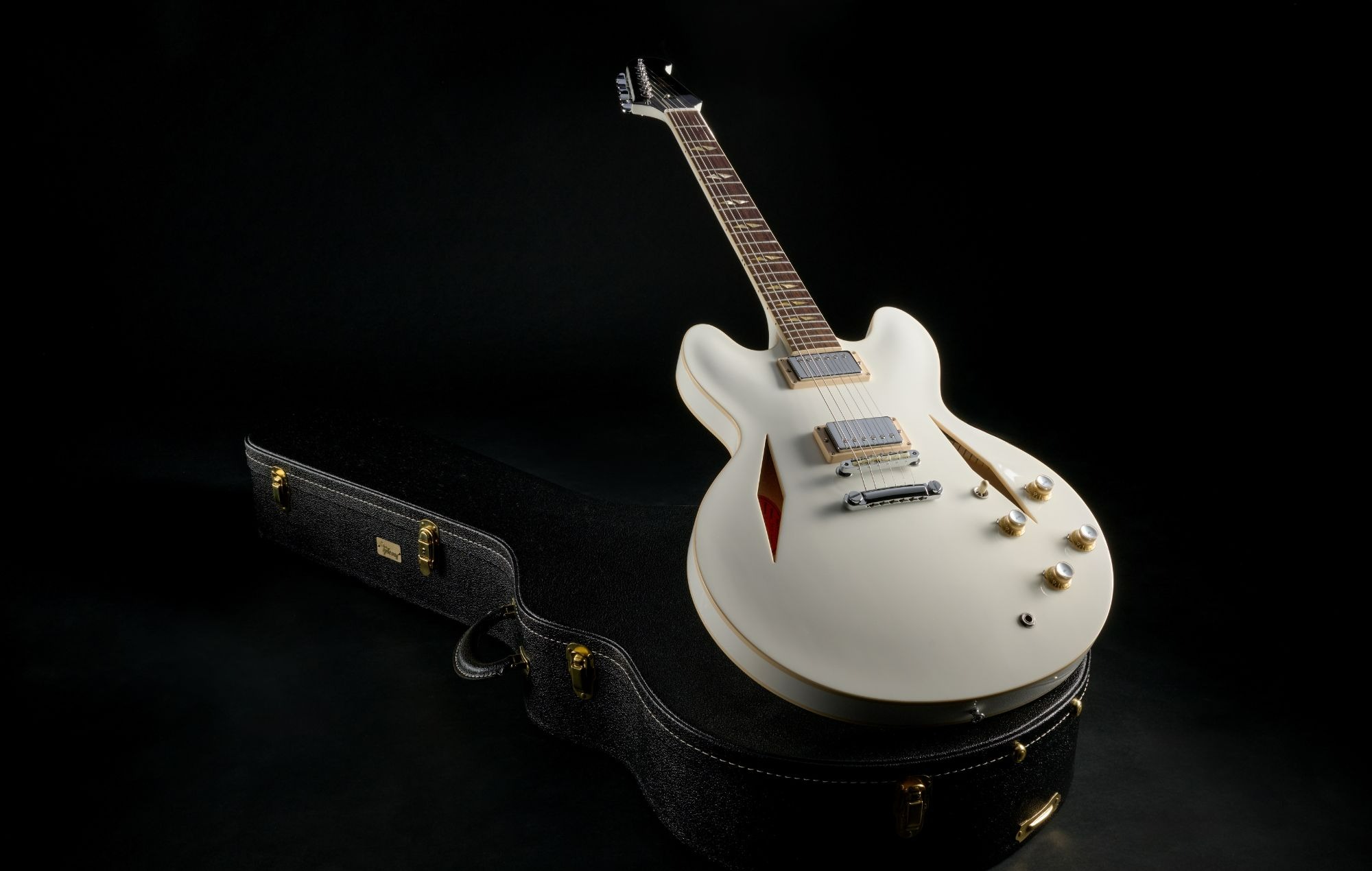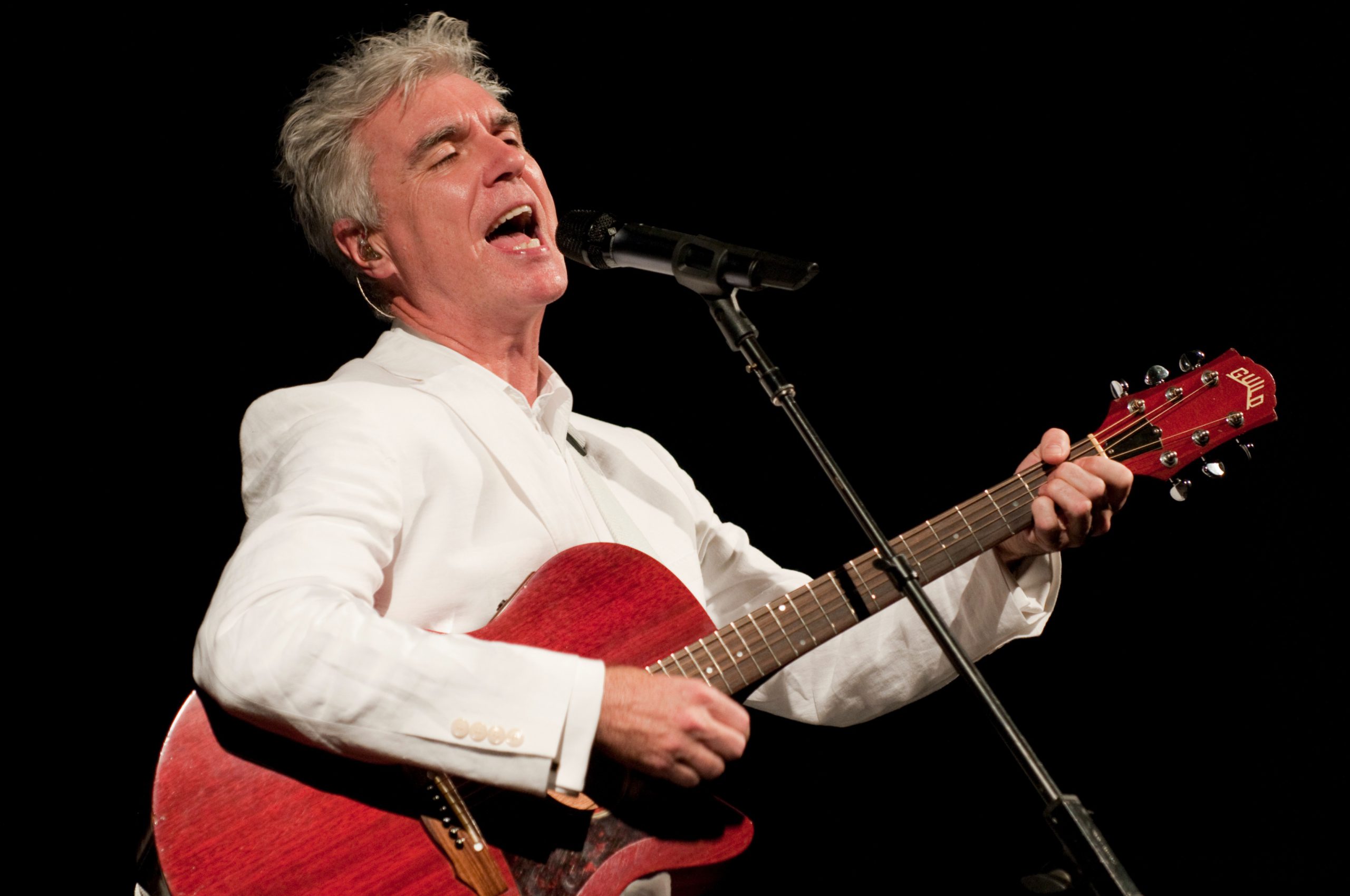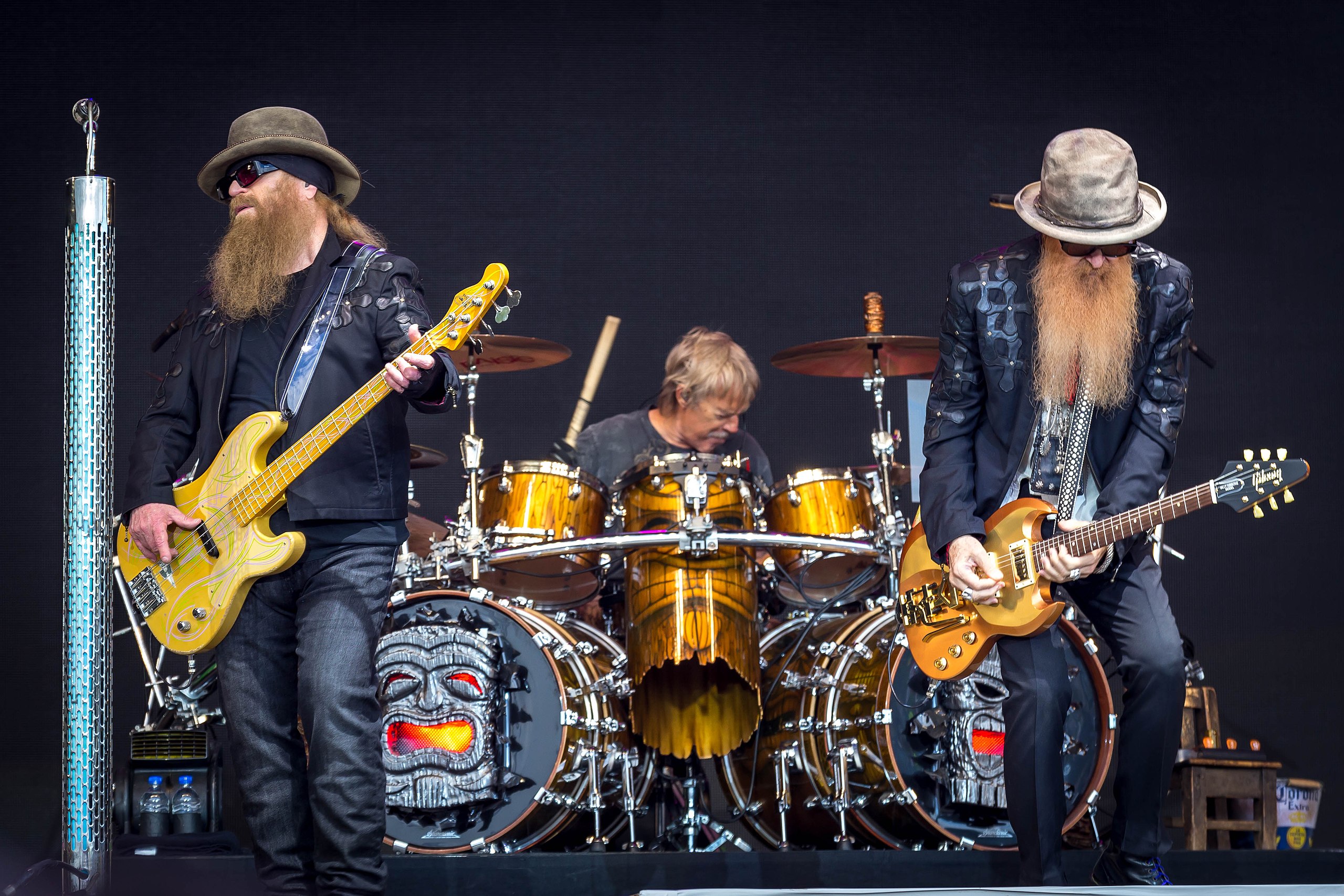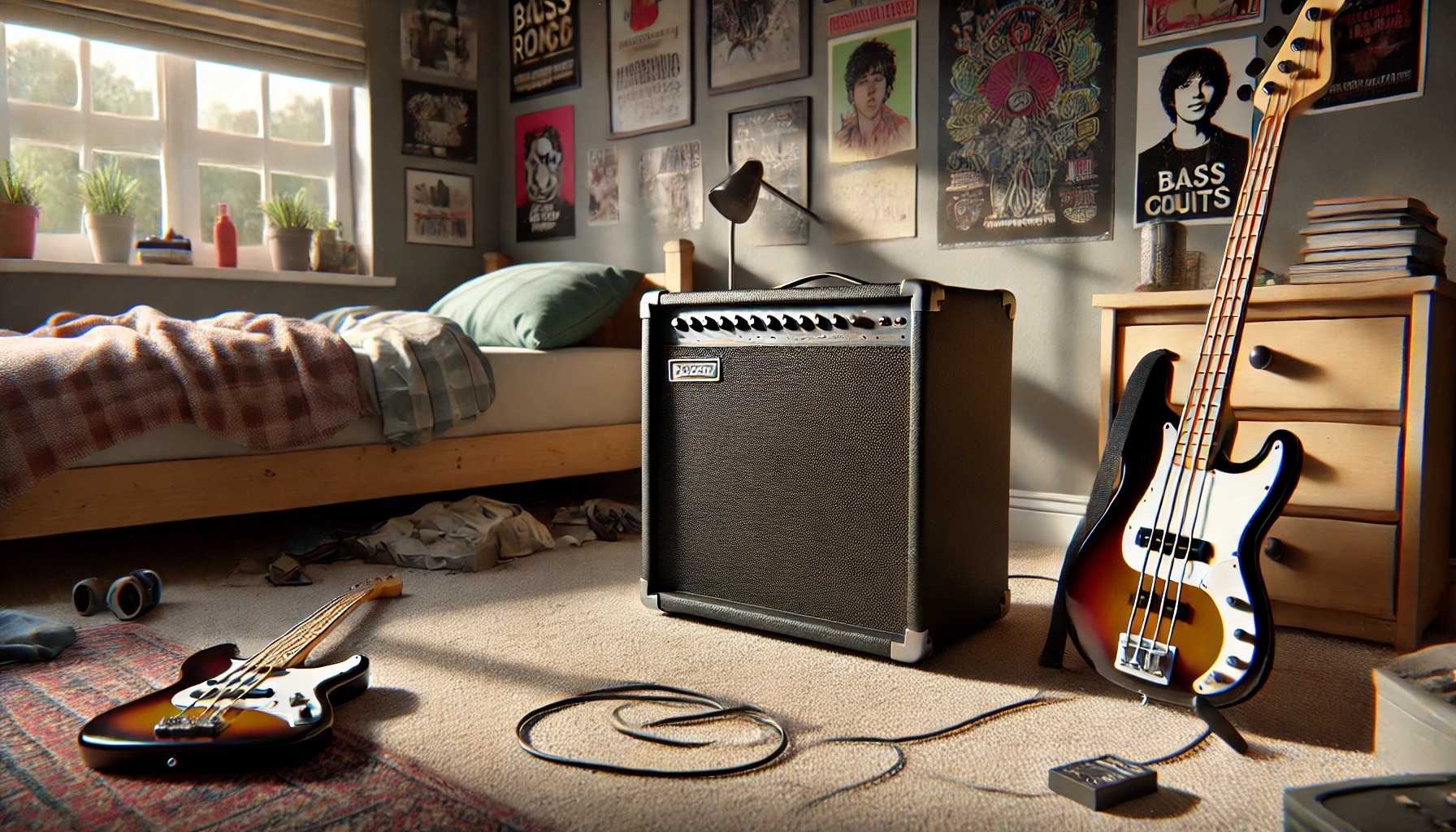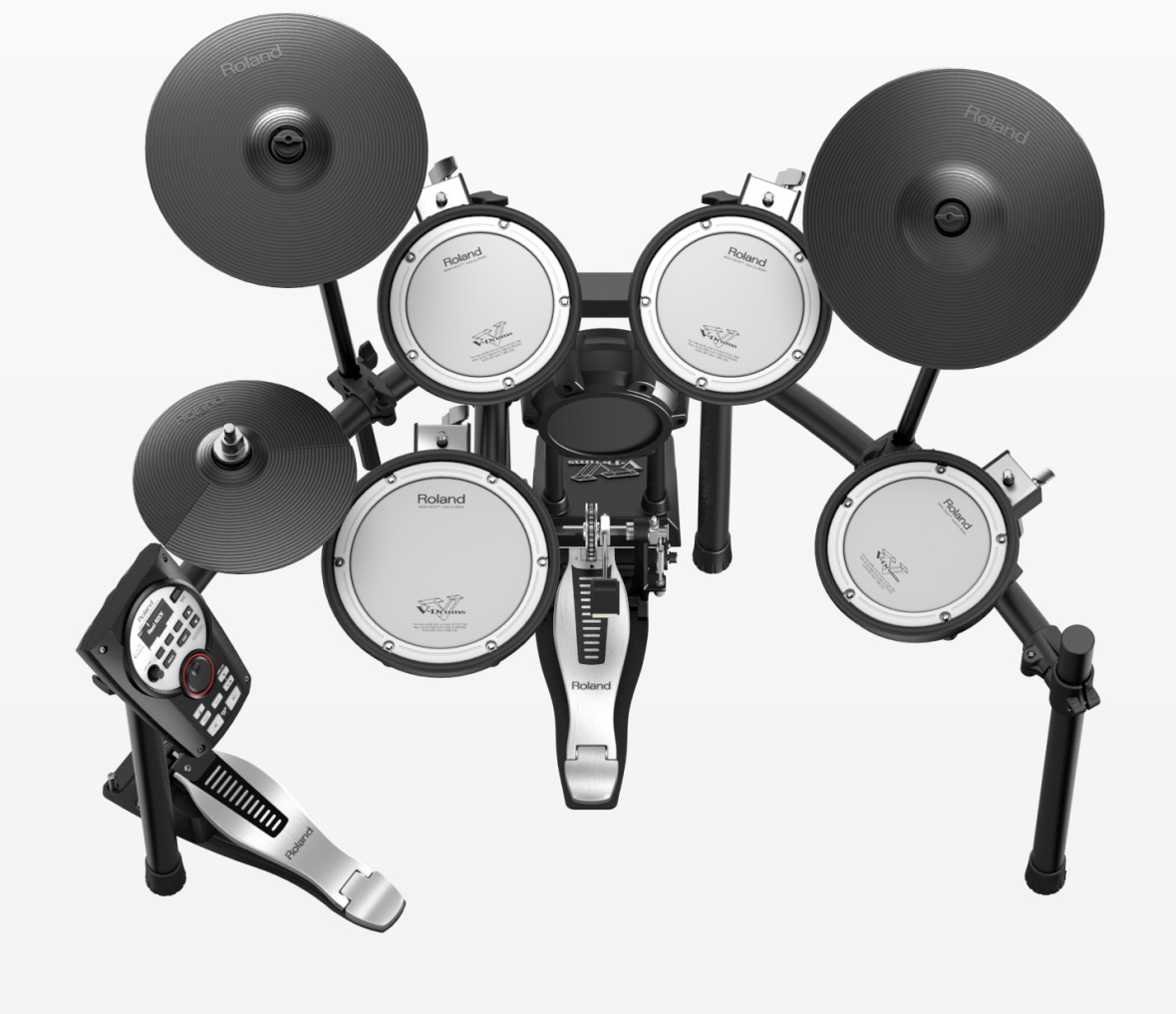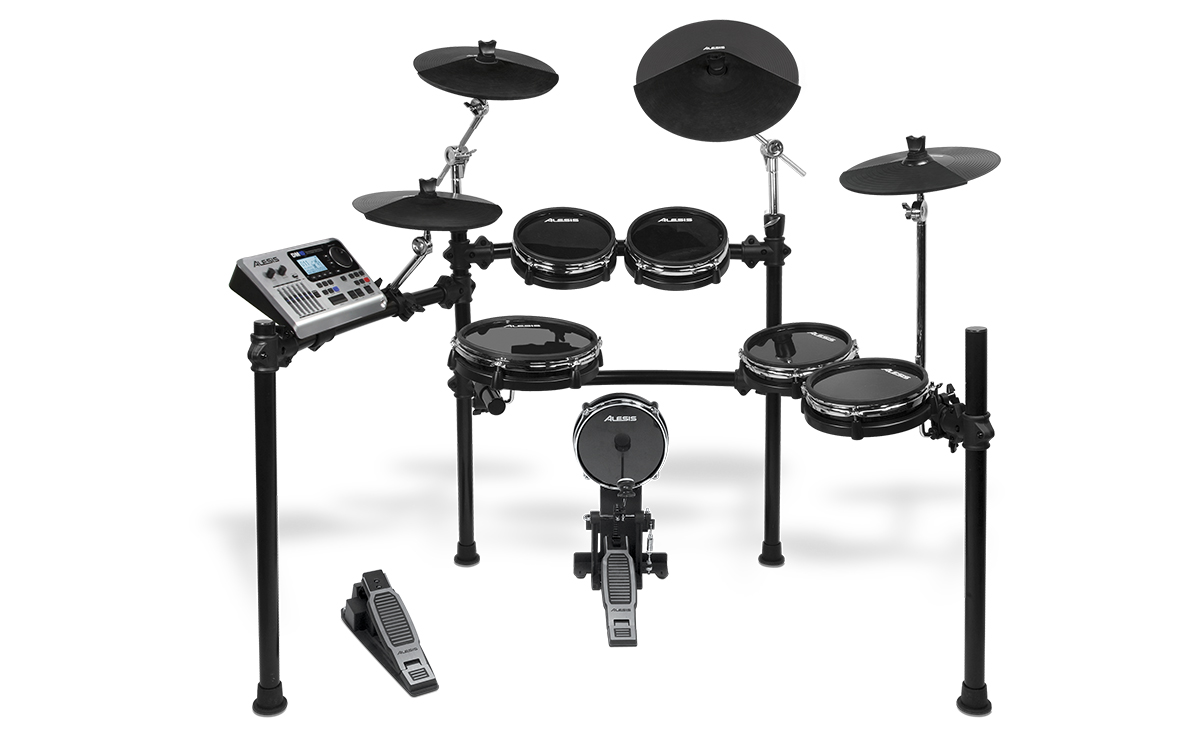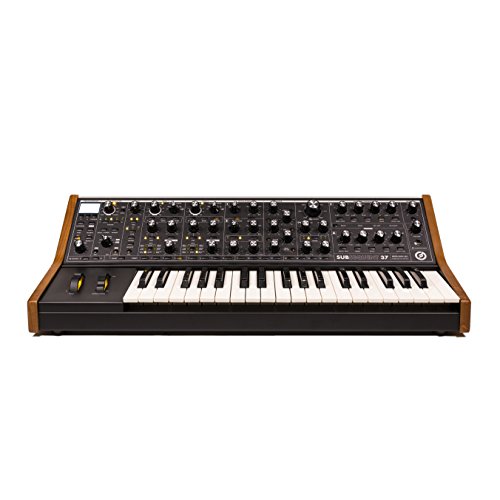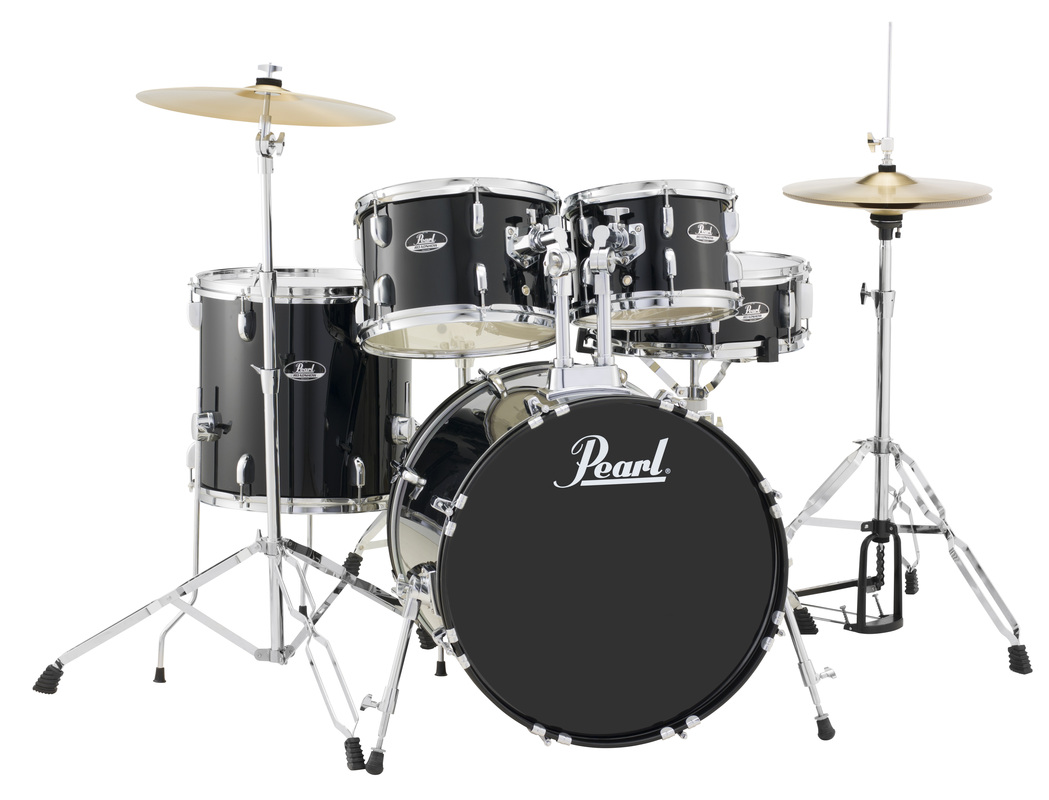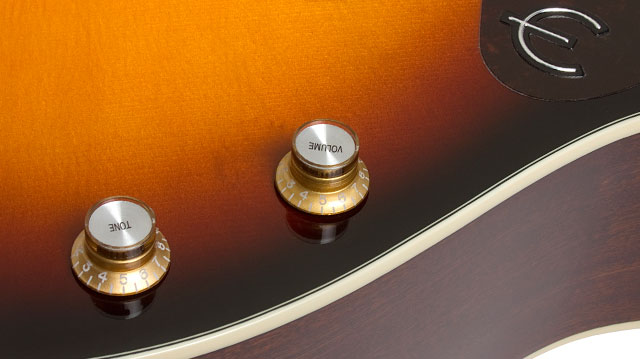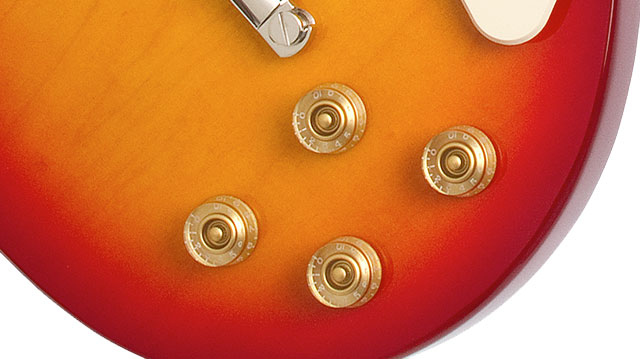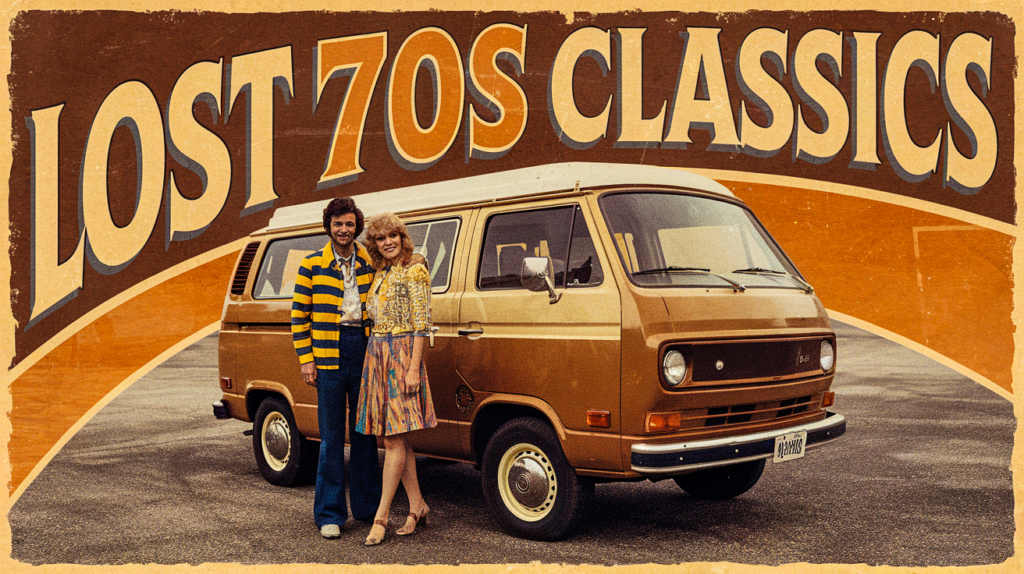
Today’s sleek, digital world has erased the personality that defined 1970s style. Back then, turquoise kitchens lived alongside wood-paneled station wagons, and department stores felt like palaces. Suede platforms shared closet space with leisure suits, while Waterford crystal sparkled in conversation pits. Each of these 23 vanished trends tells a story of bold choices.
Let’s rediscover an era when style meant making a statement.
23. Sunken Living Rooms
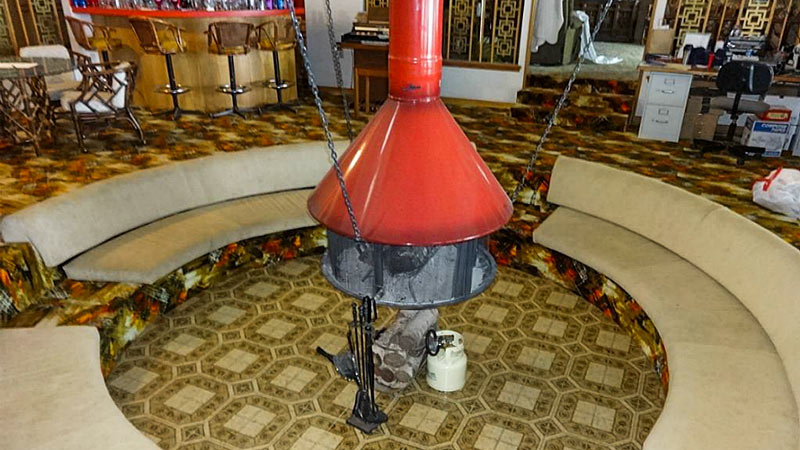
The sunken living room emerged as a defining element of 1974 home architecture. Designers created intimate gathering spaces by lowering floor levels 3-4 feet below the main floor. Strategic lighting transformed these architectural features into natural conversation pits that comfortably hosted 8-12 guests. Built-in seating ensured these spaces remained practical year-round, influencing open-concept design well into the 1980s.
22. Shagadelic Custom Vans
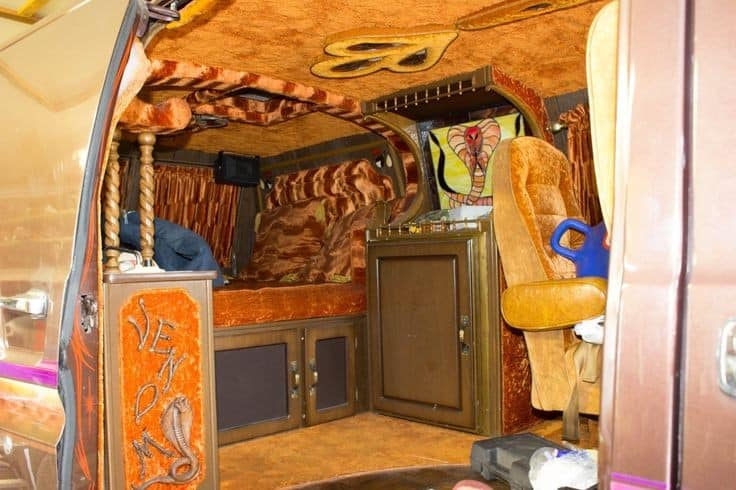
Custom vans ruled American streets by 1972, becoming mobile masterpieces of self-expression. Professional artists transformed ordinary vehicles with elaborate murals costing $500-$3,000. These rolling art galleries featured concert-quality sound systems and luxurious interiors that transcended basic transportation. Regional van-ins celebrated this cultural movement, while custom shops modified thousands of vans annually, inspiring future vehicle customization trends.
21. Water Beds
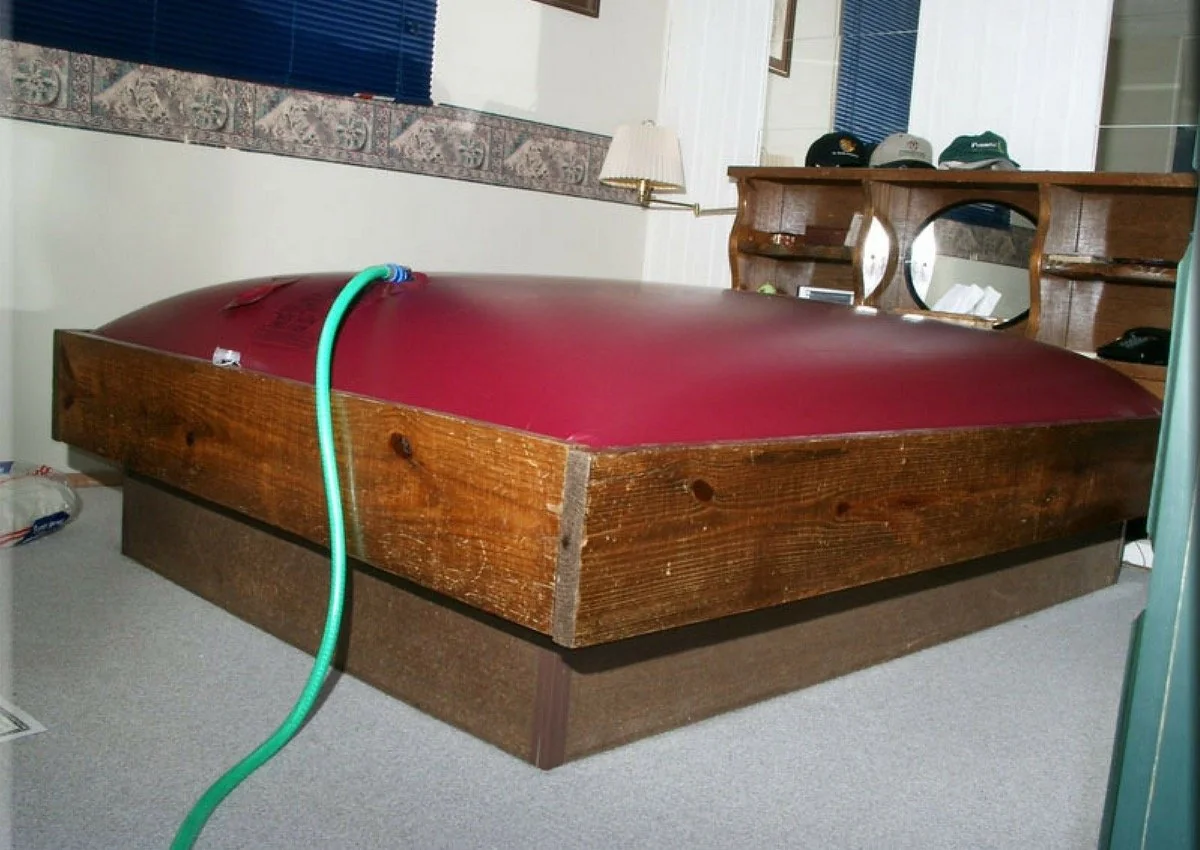
Waterbeds reshaped bedroom comfort in 1975 through sophisticated temperature control systems. Advanced engineering supported the substantial weight of water while preventing leaks through innovative vinyl technology. Temperature controls maintained ideal sleeping conditions between 82-85 degrees Fahrenheit. Increased demand drove manufacturing costs down significantly, sparking lasting changes in adjustable bedding design.
20. Corinthian Leather
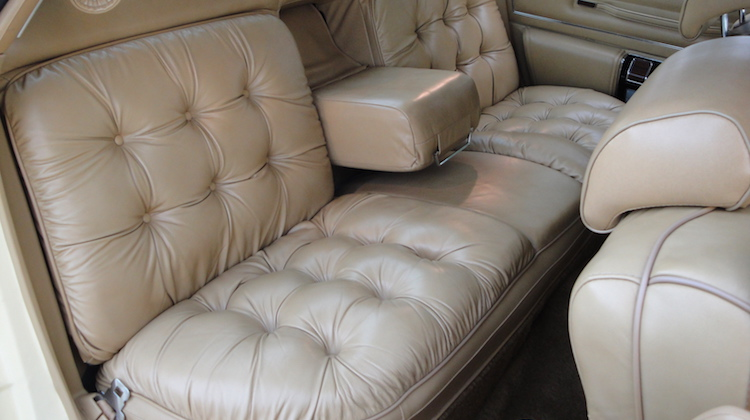
Chrysler redefined automotive luxury in 1974 through their distinctive leather packages. Ricardo Montalban’s sophisticated marketing campaign captured public imagination, driving remarkable sales increases for equipped models. The premium leather packages added $1,100-1,500 to vehicle costs. Advanced treatment processes enhanced durability without sacrificing the supple comfort buyers demanded. This marketing triumph redefined how luxury features were promoted in the automotive industry.
19. Princess Phones
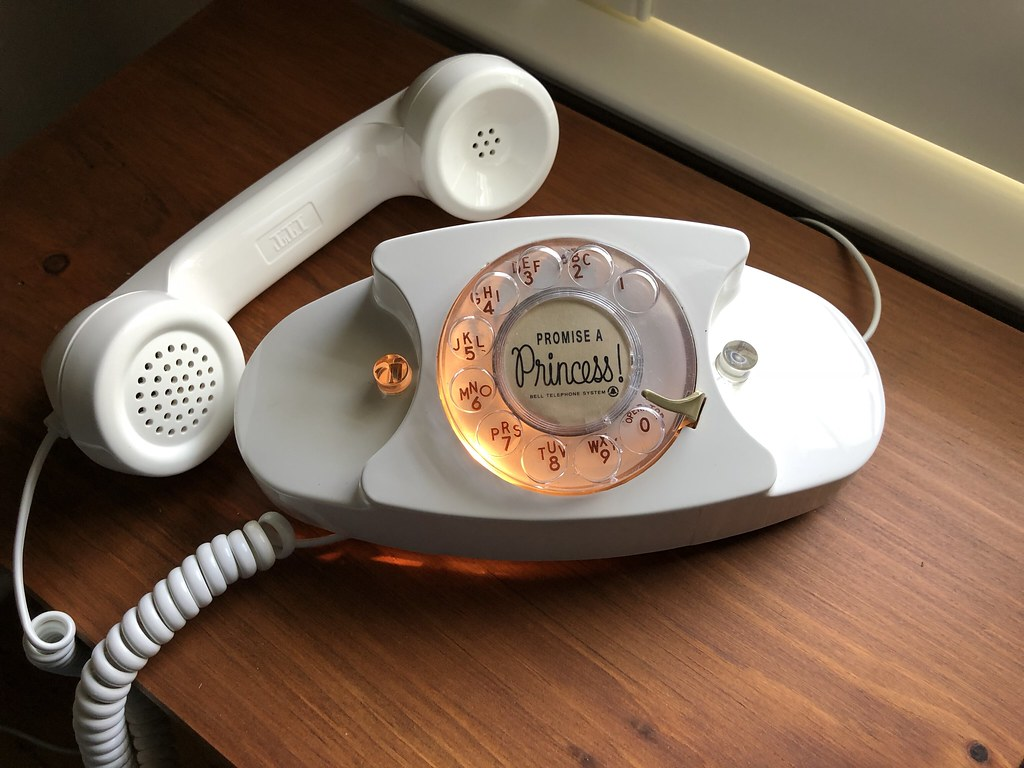
Bell revolutionized personal telecommunications in 1972 with its Princess Phone line. These sleek devices featured illuminated dials for nighttime use and compact bases that maximized bedside space. Their $24.95 base price and $1.75 monthly rentals made them accessible to many households. Durable engineering ensured decades of reliable service, setting new standards for personal communication devices.
18. Nehru Collars
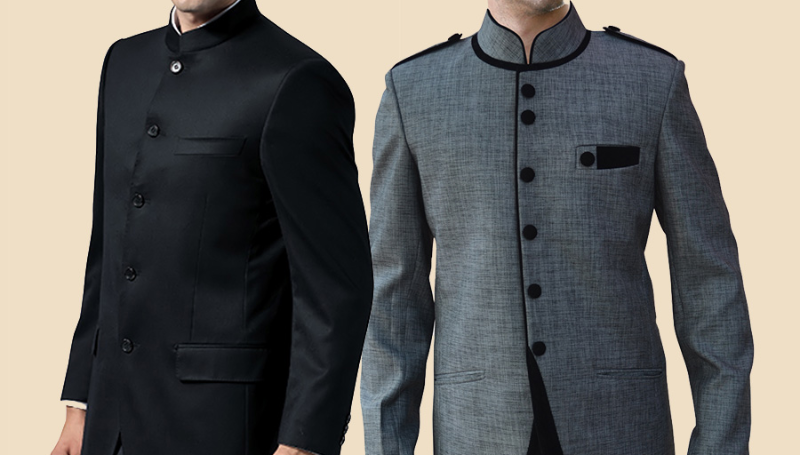
Nehru collars brought distinctive Eastern elegance to Western formal wear in 1973. These minimalist mandarin-style collars redefined men’s suiting with prices averaging $35-45 per garment. Manufacturers streamlined production methods while maintaining quality. The style’s influence continues to shape modern menswear through clean, architectural necklines.
17. Turquoise Kitchens
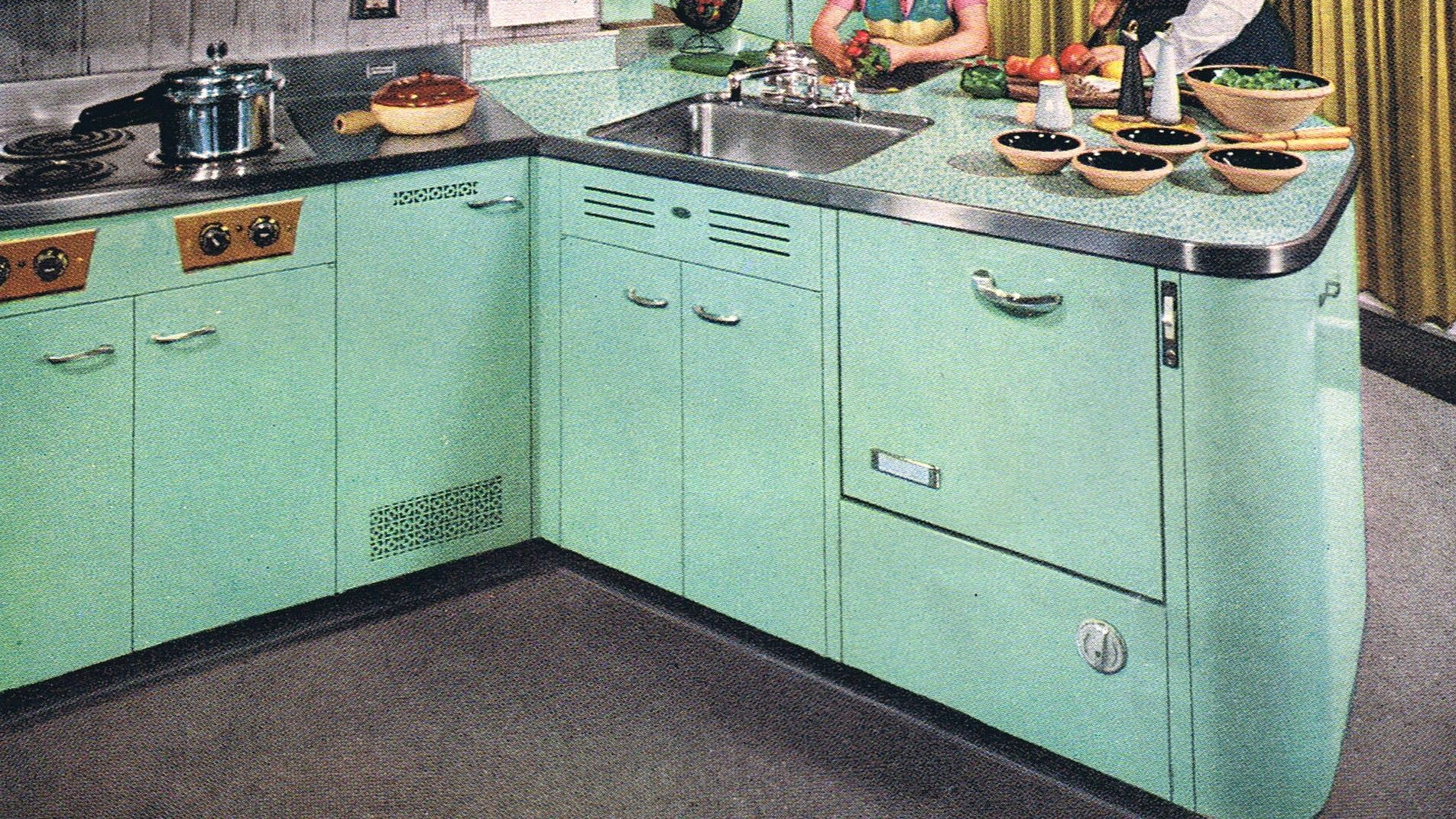
Turquoise dominated kitchen aesthetics from 1972-1976, transforming American homes. Major manufacturers reported 40% of appliance sales in various turquoise shades. Coordinated cabinet finishes and brass hardware created cohesive environments that popped with personality. Complete kitchen renovations averaged $3,500, while manufacturers offered multiple turquoise options to suit individual tastes.
16. Conquistador Living Rooms
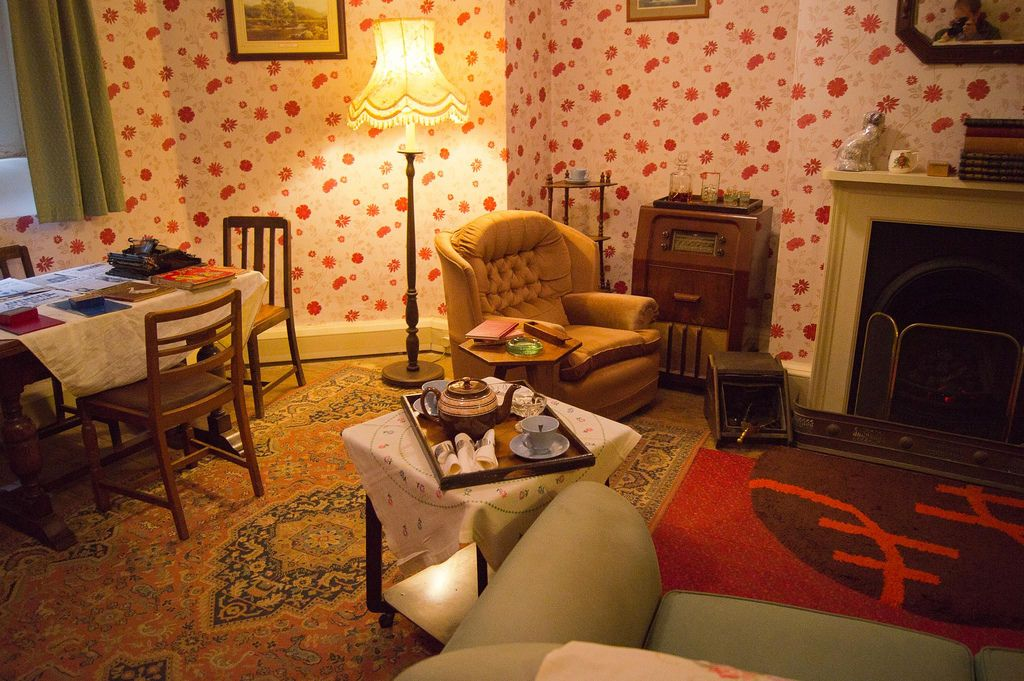
Conquistador living rooms defined 1973’s eclectic design movement. These distinctive spaces combined Spanish-influenced pieces with contemporary elements, typically featuring 8-12 distinct furniture pieces. Savvy homeowners mixed high-end pieces averaging $400-600 with thrift store finds. This design approach transformed American homes from matching sets into personalized expressions of style.
15. Huge Department Stores
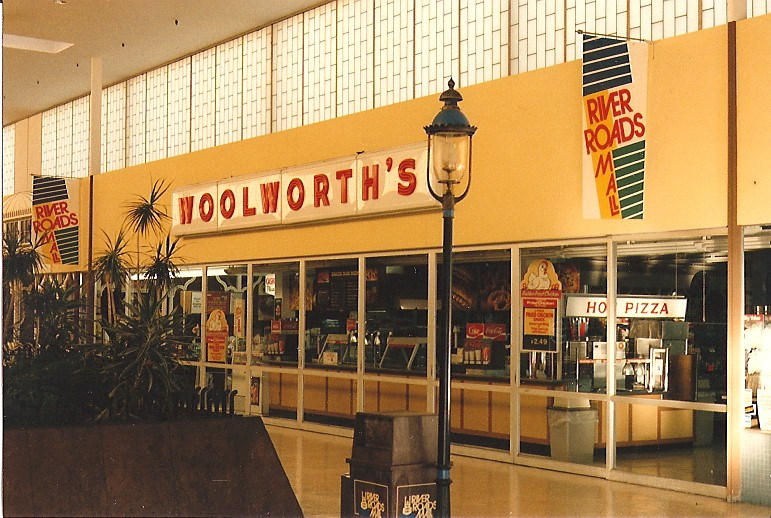
Department stores dominated American retail from 1970-1977 with impressive flagship locations. These retail giants spanned 100,000-150,000 square feet, featuring tea rooms and restaurants serving hundreds daily. Professional buyers curated seasonal collections from global markets, while holiday events drew massive crowds. These establishments transformed shopping into social entertainment before suburban malls changed consumer culture.
14. Bonanza Steakhouse
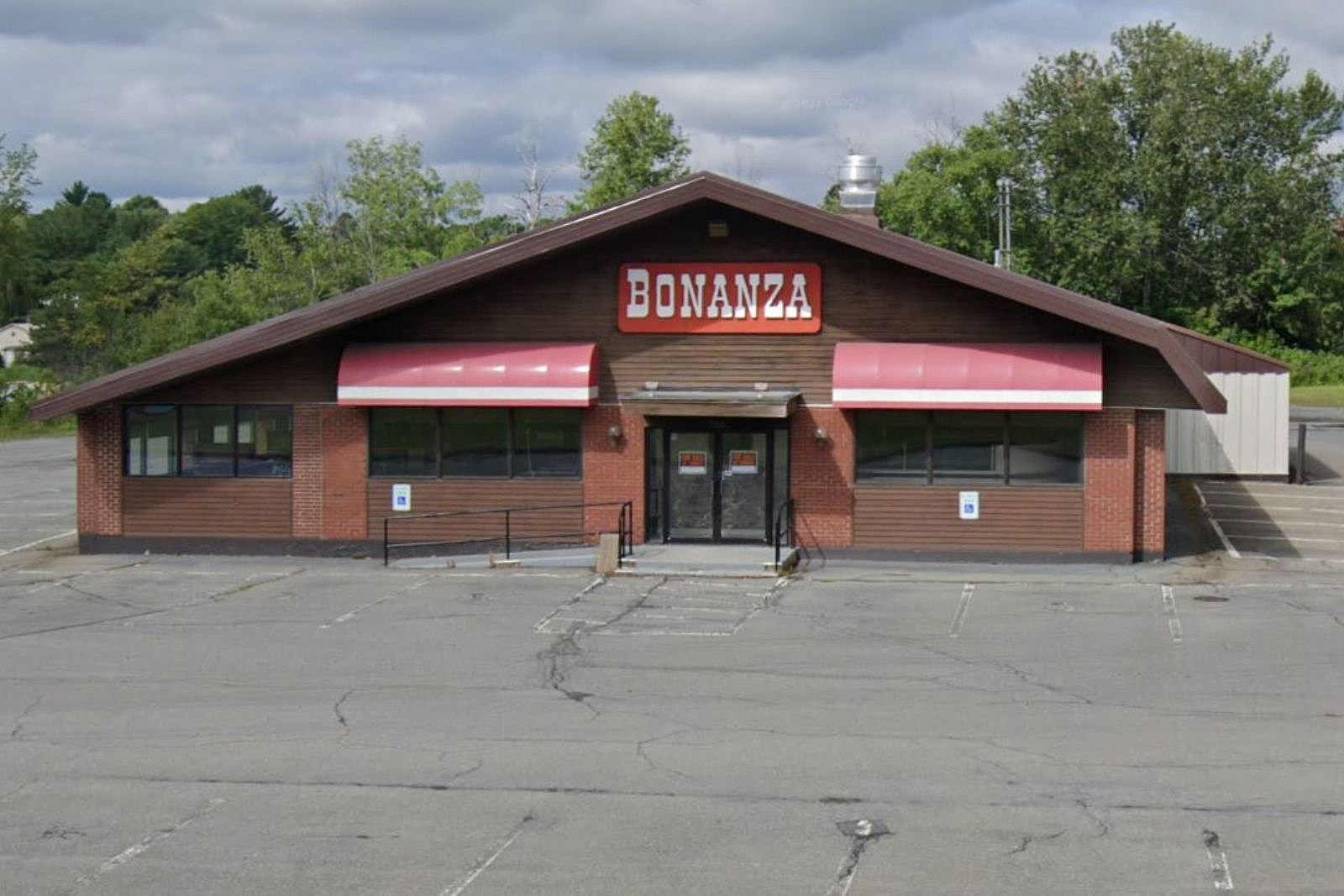
Bonanza Steakhouse revolutionized family dining from 1971-1977 with T-bone dinners priced at $3.99. The chain served 15 million customers annually at its peak, expanding to 600 locations nationwide. Professional grill cooks prepared customized steaks while pioneering self-service salad bars enhanced the dining experience, making quality steakhouse dining accessible to everyone
13. Airplane Seats With Room
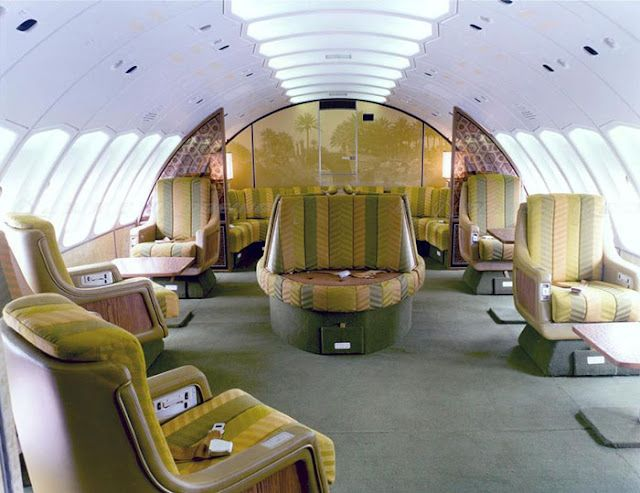
Airlines elevated travel experiences in 1971 through thoughtful cabin design. Economy seats provided generous 34-36 inches of legroom, while social lounges created comfortable spaces for passenger interaction. Attentive service from professional crew members and fine china enhanced the dining experience. These standards set benchmarks for luxury air travel.
12. Fancy Uniforms
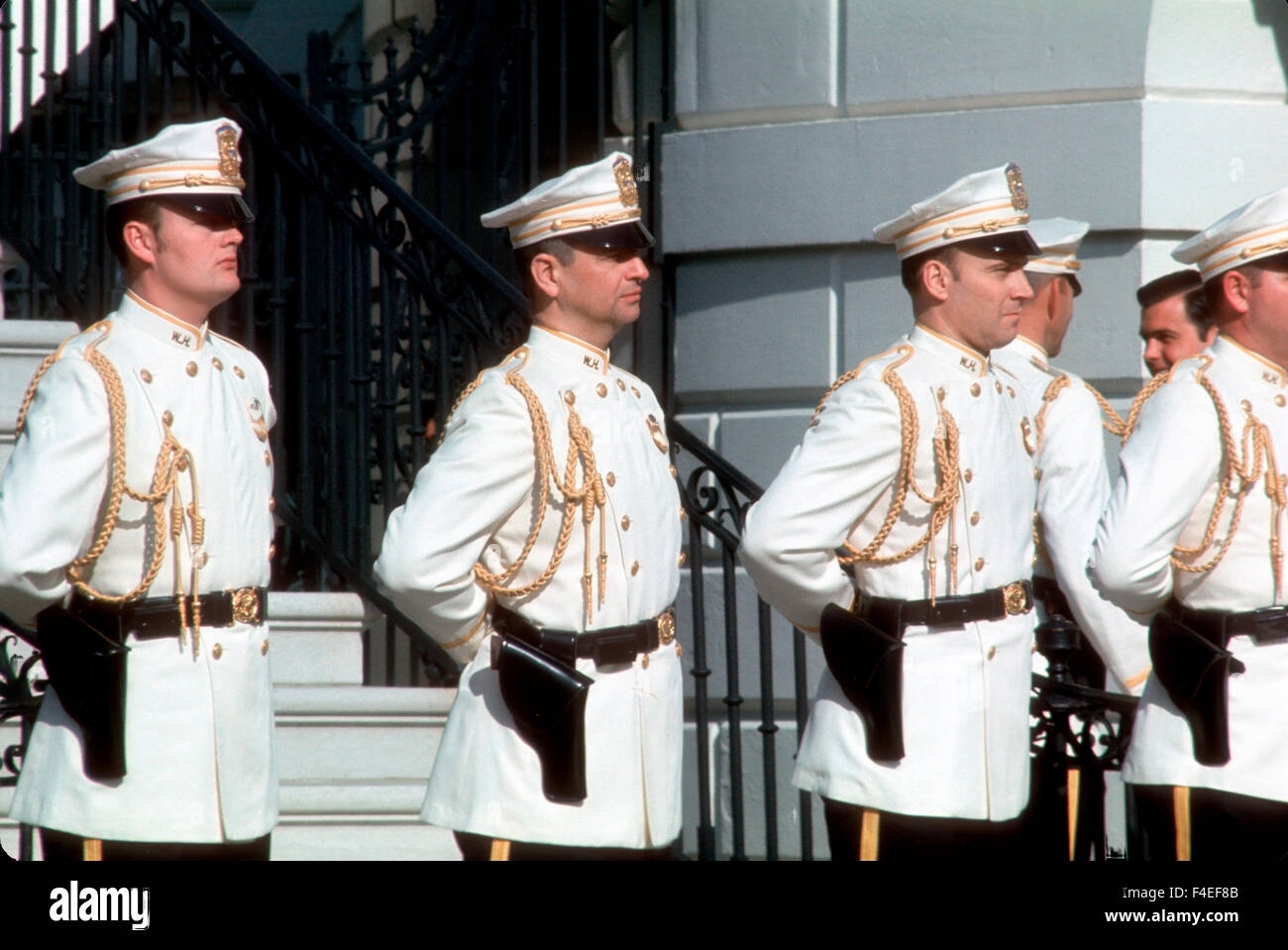
White House staff uniforms underwent dramatic changes in 1970, featuring double-breasted blazers with gold braiding costing $400 per uniform. Military-inspired designs incorporated brass buttons and epaulettes, while specialized tailoring added $150 to each piece. Unique insignias and trim colors designated different staff ranks.
11. Wood Interiors in Vehicles
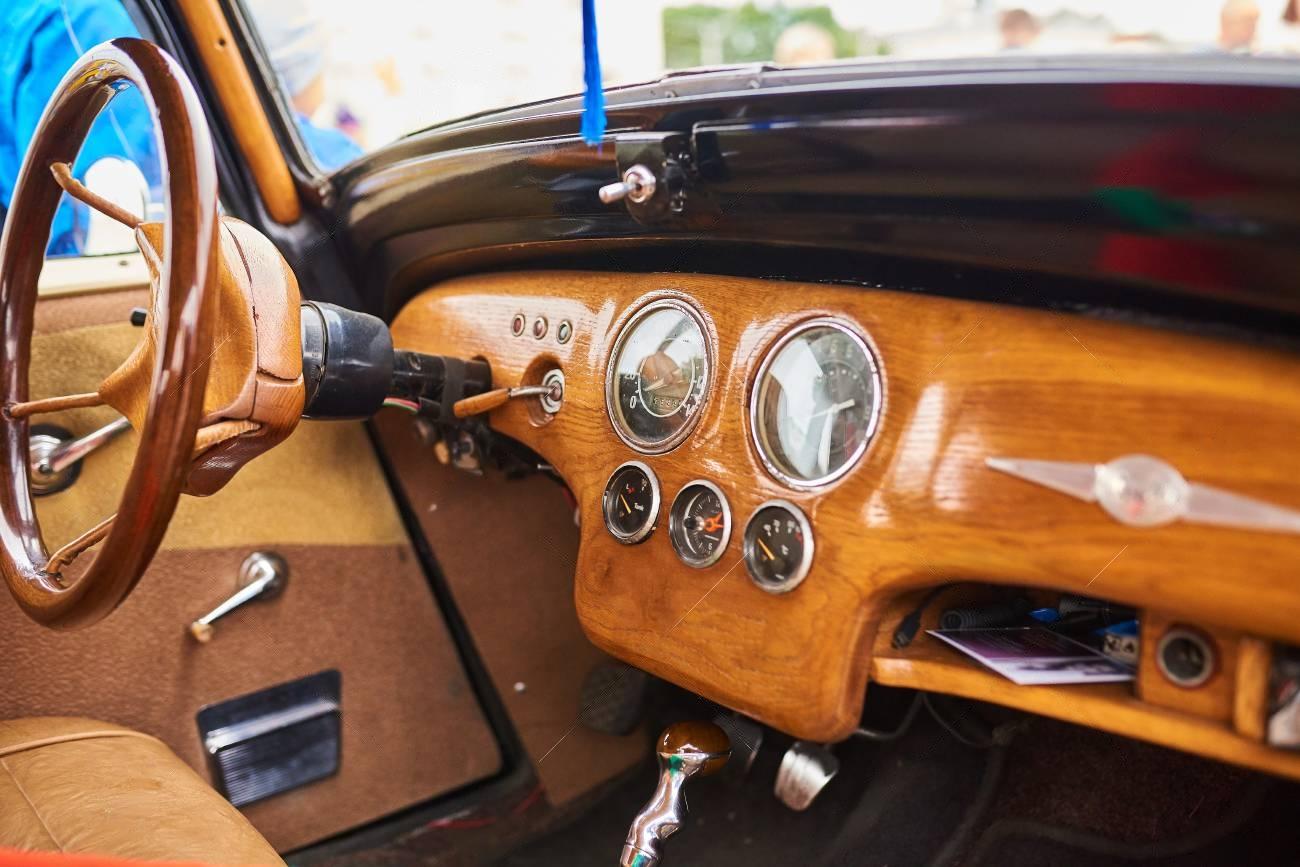
Luxury vehicles showcased exceptional woodworking in 1970 through hand-finished interiors. Climate-controlled facilities enabled stable material processing for 25,000 units annually. Master craftsmen dedicated 40 hours to each dashboard installation, incorporating premium walnut paneling. This attention to detail influenced automotive interior design for decades.
10. Time Warp with Shoe-Lined Rooms
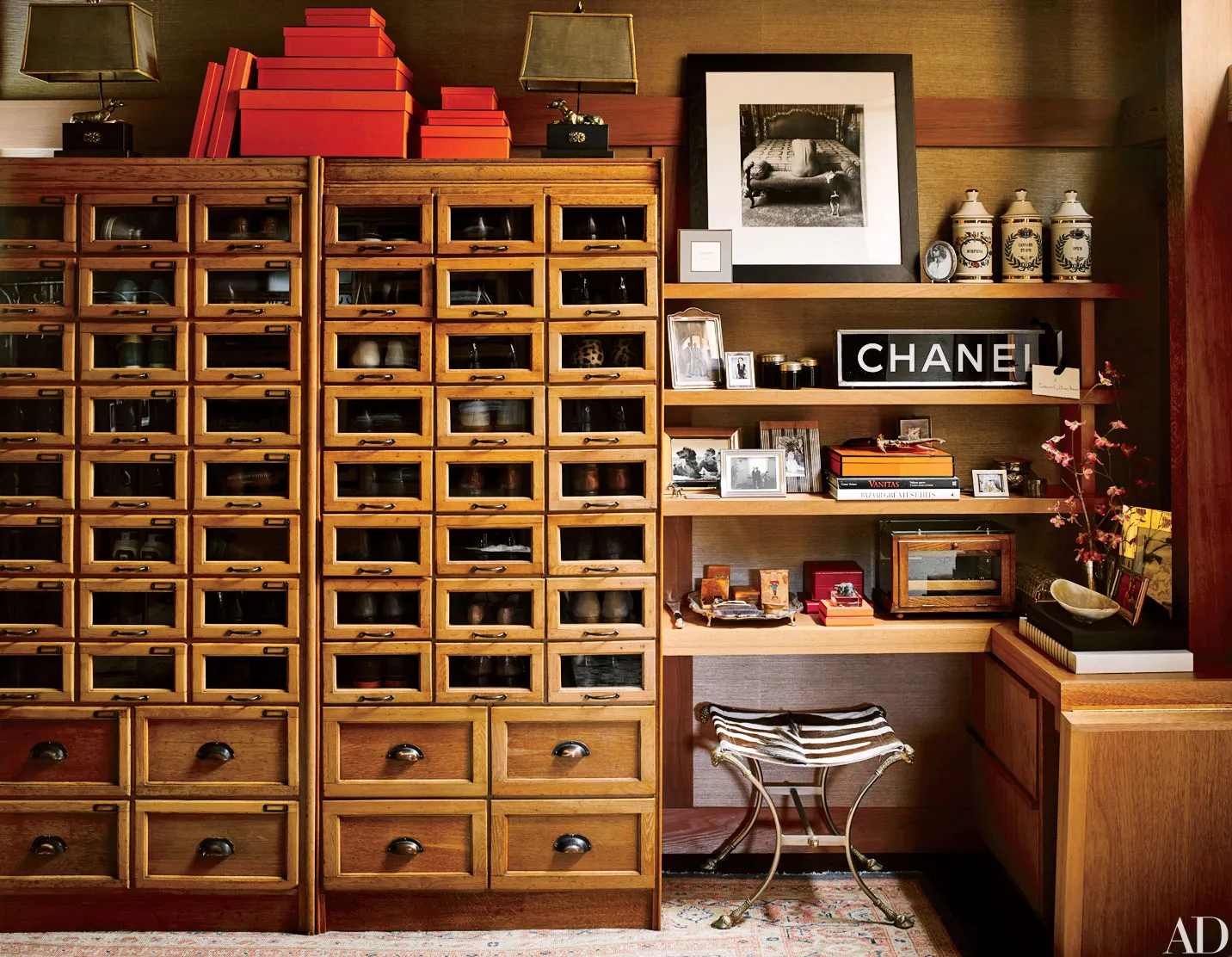
Fashion-forward homeowners revolutionized closet design in 1974 with dedicated shoe display spaces. Custom shelving systems accommodated 50-100 pairs of platforms and boots. Professional installations cost $800-1,200, while strategic lighting highlighted prized collections. These displays solved both storage and showcase needs for growing fashion collections.
9. Men’s Flare Pants
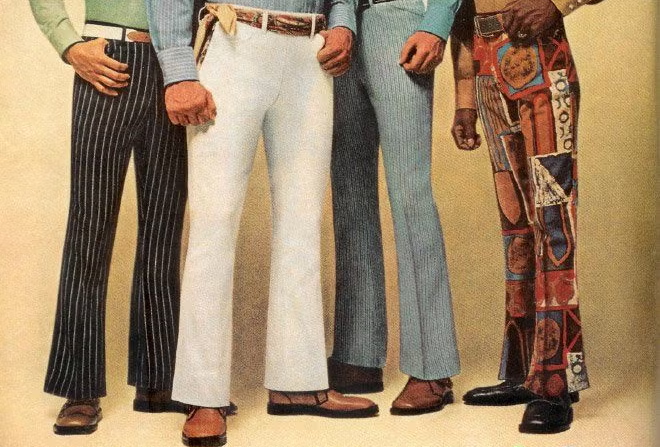
Flare pants transformed men’s fashion in 1972 with bold silhouettes. Bottom widths reached 22-26 inches, while premium wool-polyester blends commanded top dollar at major retailers. Department stores dedicated entire sections to these trend-setting styles. Custom tailoring enhanced fit and style for the fashion-conscious customer.
8. 1970 Oldsmobile Cutlass 442

The 1970 Oldsmobile 442 represented peak muscle car engineering. Its powerful 455 V8 generated 365 horsepower, delivering impressive quarter-mile times, while advanced suspension systems enhanced control while maintaining comfort. Initial sales reached 19,587 units, marking a high point in American automotive performance.
7. Suede Platform Shoes
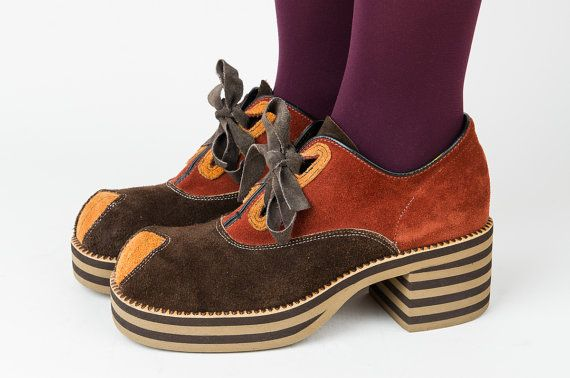
Platform shoes transformed fashion in 1972 by elevating both style and stature. These innovative designs featured sophisticated engineering that balanced dramatic heights of 2-4 inches with surprisingly stable wear. As demand soared, manufacturers ramped up production to 5 million pairs annually, while premium versions commanded $50-75 in fashionable boutiques and department stores. The enduring influence of these groundbreaking shoes forever changed how designers approach elevated footwear, balancing bold fashion statements with practical wearability.
6. Imperial

Imperial redefined automotive excellence in 1970 through uncompromising craftsmanship. Each vehicle underwent an intensive 200-hour production cycle and 27 rigorous quality inspections to ensure perfection. Innovative suspension systems delivered unprecedented comfort while maintaining precise handling characteristics. Annual production remained exclusive at 15,000 units, establishing new benchmarks that challenged European luxury manufacturers.
5. Houlihan’s
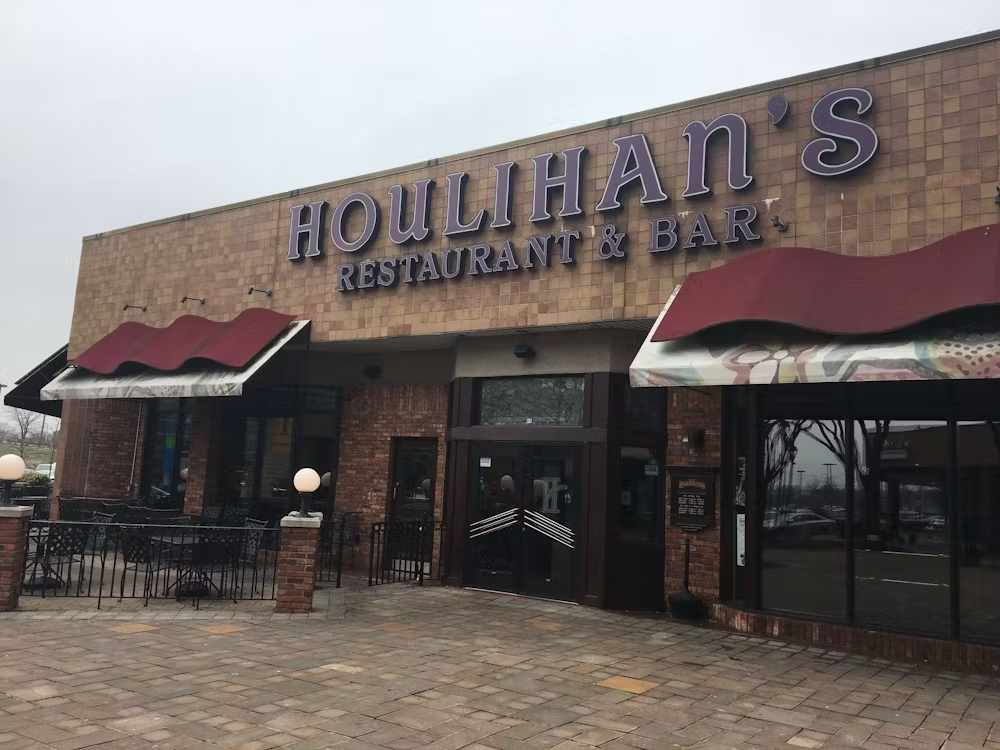
Houlihan’s transformed American dining culture in 1972 by reimagining the restaurant experience. Their innovative exhibition kitchens brought culinary artistry center stage, while 20-foot fresh ingredient bars introduced exciting new dining concepts. Strategic pricing between $7.95-12.95 made sophisticated casual dining accessible to a diverse clientele. The chain’s groundbreaking format created the blueprint for modern restaurant design.
4. Waterford Crystal Decanter
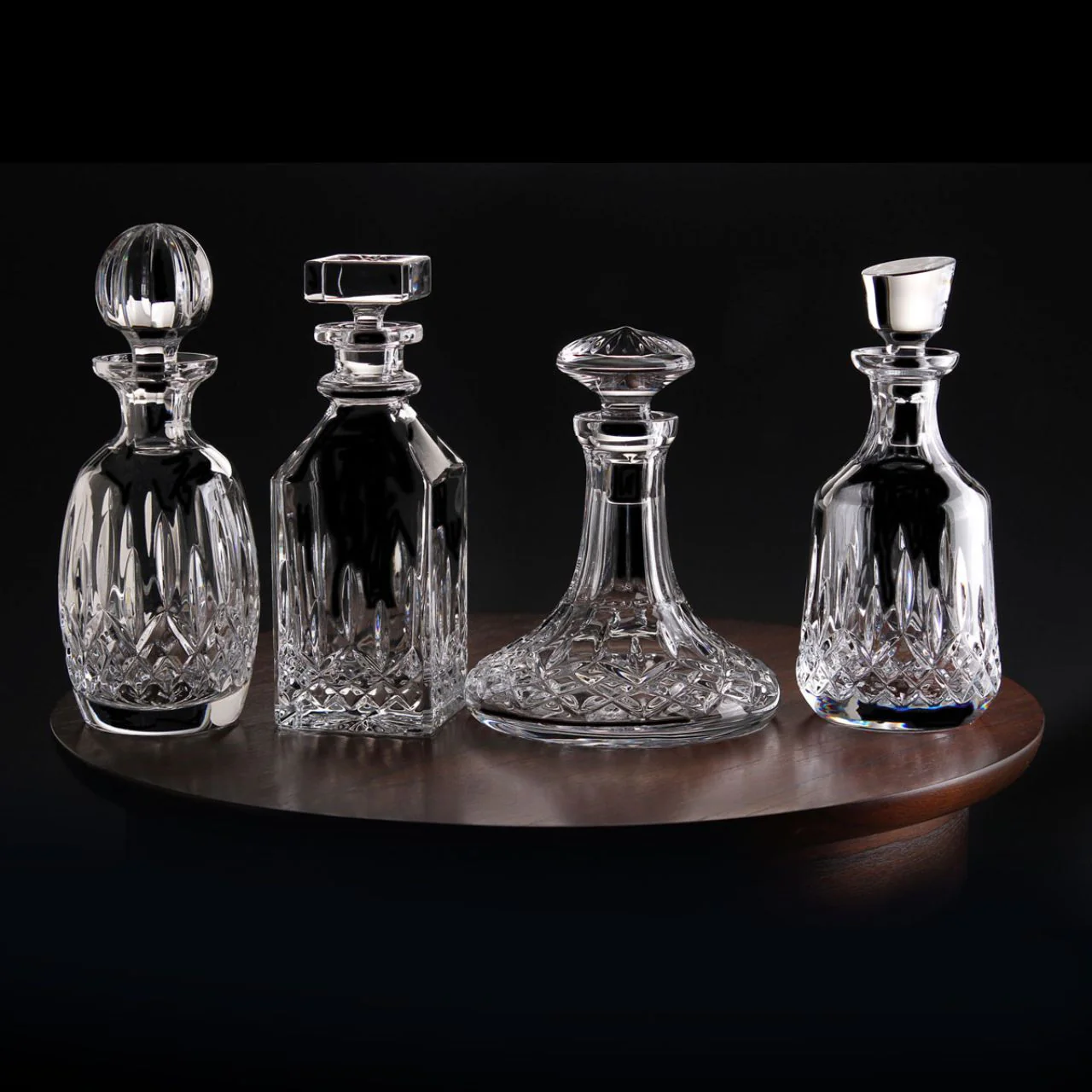
Waterford exemplified entertaining excellence through 12-hour crafting processes, achieving remarkable 99.9% optical clarity through 21 precision-cut facets per inch. Strict production limits maintained extraordinary quality standards, creating enduring benchmarks for fine crystal craftsmanship that continue to impress collectors.
3. Super Eight Camera
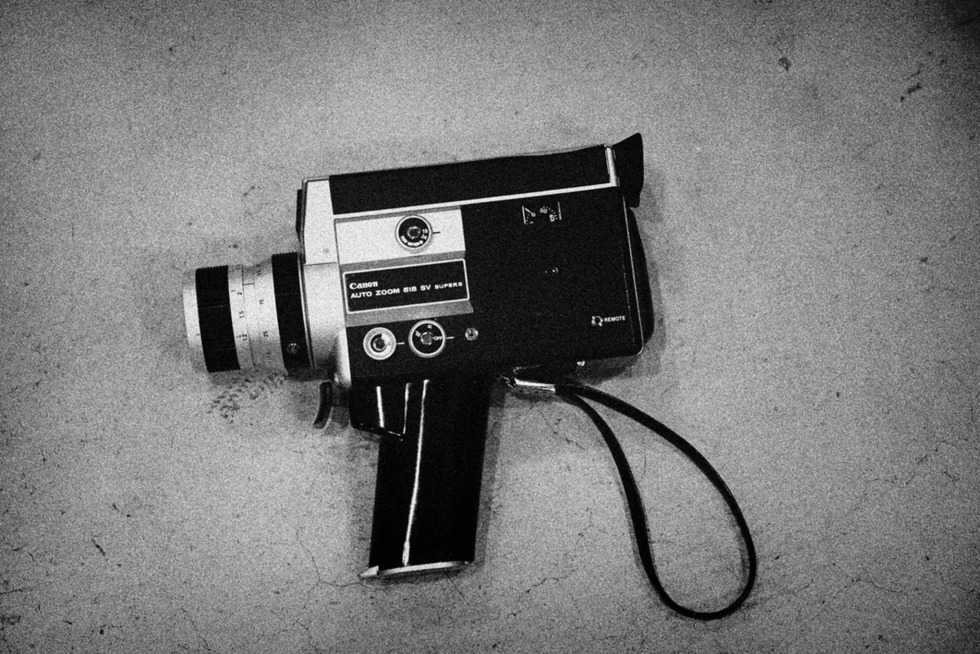
Super Eight cameras democratized filmmaking in 1970 by simplifying home movie creation. Advanced light meters ensured perfect exposure across varied conditions, while convenient 3.5-minute cartridges made filming accessible to everyone. Manufacturing capabilities met growing demand with 30 million cartridges, revolutionizing personal video documentation for a generation of creators.
2. Leisure Suits
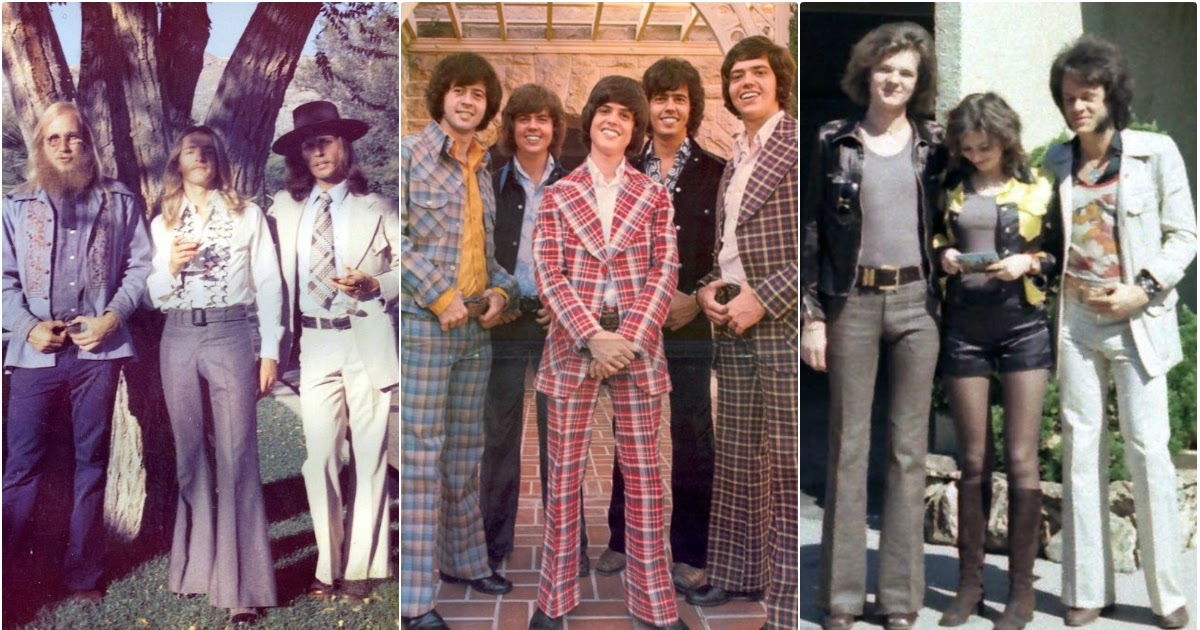
Leisure suits transformed menswear in 1974 by bridging formal and casual style. Advanced 98% wrinkle-resistant polyester blends enhanced practicality while maintaining sharp appearances. Production innovations reduced costs by 40%, making these versatile suits available between $50-75. The diverse color palette suited individual tastes while redefining comfortable business attire.
1. Fancy Wicker Furniture
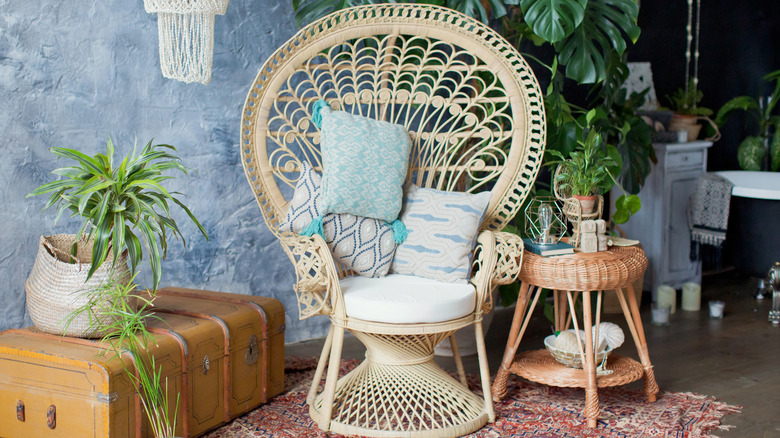
Wicker furniture elevated outdoor living in 1970 through sophisticated craftsmanship. Intensive 40-hour production cycles and seven-stage preservation processes ensured exceptional durability. Humidity-resistant coatings protect natural materials while maintaining aesthetic appeal. Annual production of 50,000 premium pieces met growing demand for elegant weather-resistant seating.
